(But enough of so much geographic content! I don't want to bore you, reader. If you want, the full map is available on my profile, you can see it for yourself. Or you can jump it all... :)
Communal Era
The Communal Era, spanning from approximately 30,000 to 800 years before the War of the Suns, marked the rise of the first organized civilizations in Aurea. Species moved away from small, isolated settlements and began to form cities, and later, kingdoms. It was a period of great cultural, economic, and political expansion, but also of intense internal and external conflicts. Despite the advances in societies, relations between different species remained tense, and the formation of nations was largely marked by racial segregation.
On the continent of Turos, the first known kingdom flourished: Eladras, founded by the Elfins. Located in the ancient forests to the north, Eladras became a rudimentary model of political organization, centered on councils of elders and the worship of sacred trees, considered the "Roots of Life." Its natural walls and architecture harmonizing with the environment made Eladras a symbol of balance between culture and nature. However, the kingdom had to constantly fight against human tribes that sought to invade their lands in search of wood and game. A famous legend from this period tells of the “Treaty of the Lost Leaves,” where the Elfin king Aelthar agreed to cede part of the eastern forests in exchange for peace with humans. However, the treaty was never respected, and relations between the Elfins and Humans in the continent deteriorated even further.
Meanwhile, on the continent of Gaélia and part of Turus, the growth of human societies led to the founding of several rival kingdoms, such as Orren to the north and Khaal to the south. These two nations emerged as powers due to their proximity to the Sacramar Peninsula, a narrow strip of fertile land between the Saeri'zar Desert and the Serene Peaks. Sacramar was considered a holy land due to the monumental obelisk erected by Sargitarius and Libra before their departure, or so the sacred scriptures of the Pantheon claim, which form the basis of all modern religions. The structure became a symbol of their passage through the world and a landmark for followers of their doctrines.
Religious division soon transformed into war. The fall of Meng, an empire of Vilos that ruled much of central Gaélia, was one of the most significant events of this era. Meng had prospered for centuries as a tolerant empire, uniting various human cultures, Elfins, and Chordás under one ruler. However, when Emperor Darvus III attempted to impose the faith in Phoenix across the territory, the empire collapsed. Rebellions broke out in the south, led by followers of Sargitarius, who saw the decree as a betrayal of their values. As a result, the teachings of Sargitarius and Libra became instrumentalized in the dispute. Libra, whose pacifist teachings advocated for harmony and balance alongside a philosophical doctrine, had her faith distorted to justify submission and forced conciliation. Meanwhile, Sargitarius, who championed the utility above all, saw his words, metaphorically, become the foundation of pragmatic and expansionist governments, using faith as a justification for dominance.
According to the sacred scriptures, there is a pantheon of gods behind the Cosmic Smoke that surrounds our world. In the collective imagination, Libra, Sargitarius, and Phoenix were divine messengers, guiding civilizations with different worldviews. Libra represented the search for balance and truth, being revered as the patroness of philosophy and critical thought. Her teachings formed the basis of schools and oracles in the north, influencing the construction of societies centered on debate and contemplation. Sargitarius, on the other hand, was the god of confrontation and resistance, exalted for his belief in strength and the maximization of individual potential in both magic and science. His cult spread to the south, where warriors and leaders saw in his faith a path to glory and survival. Phoenix, worshipped by the Vilos and desert peoples, symbolized rebirth and resilience. His faith was deeply tied to nature, the purifying fire, and eternal renewal, serving as a spiritual guide for those facing relentless adversity. The impact of their beliefs shaped entire continents, causing wars, creating alliances, and leaving deep marks on the history of Aurea.
The Sacramar Peninsula, a strategic and symbolically neutral point, became the stage for constant clashes. Both sides sought to control the region, not only for its spiritual significance but also for its strategic location. Sacramar was the only safe passage between the Saeri'zar Desert and the northern mountains, serving as a vital point for trade and military transport. In this context, the Vilos, who had inhabited the peninsula for millennia, refused to align with either of the two religions, as they had their own faith, centered on the worship of Phoenix, the one who guided them to the refuge of that sacred land.
After years of intense battles, the Vilos were expelled from Sacramar and forced to migrate deep into the Saeri'zar Desert. This diaspora, known as “The Great Exile,” is one of the most tragic stories of the Communal Era. The Vilos split into small nomadic tribes, adapting to the harsh desert environment and creating legends about the loss of their ancestral land. The extreme south of Cirus became their sacred sanctuary, a refuge where they kept their faith in Phoenix alive.
As Gaélia fragmented, other regions of the world also witnessed the rise of kingdoms. The Chordás established the fortress city of Zadakhar, in the heart of the Lirnak continent. Carved into a mountain range, Zadakhar was nearly impenetrable and served as the cultural and military center of the Chordás. The Orfinos, in turn, founded Thalassara, a submerged city in the ocean of Solvindar, built from giant rocks and waterways. Despite its isolated location, Thalassara played a significant role in maritime trade, connecting distant continents by being at the center of the Crown of Áurea.
The Communal Era was rich in stories of achievements and tragedies. Conflicts between kingdoms of the same species were as frequent as tensions between different species. Humans fought with Humans, Elfins disputed territories among themselves, and even the Chordás, known for their disinterest in wars, faced internal strife. It was also a period of cultural flourishing, with each kingdom developing its own art, architecture, and traditions, many of which survived to the present day.
This chapter in history ended with the final division of Gaélia, marked by the signing of the “Treaty of Sacramar,” which formalized the border between the two religious blocs. Sacramar became a disputed land, but over time, it transformed into a network complex of hyperconnectivity between the north and south. The end of the Communal Era prepared the world for new challenges, as the kingdoms flourished, and the diversity of cultures grew, but also deepened the divisions that would shape the future of Aurea.
The Age of Illumination and the War of the Suns
The Age of Illumination (800 B.Ss. - 0 B.Ss.) was a period of unprecedented advancement for Aurea. The nations, once bound by feudalism and superstition, experienced an explosion of knowledge and innovation. Scientific, cultural, and philosophical progress reshaped the world in an irreversible way, bringing the rise of the Powers of the Past and paving the way for a tragic destiny.
The great nations that emerged as the protagonists of this era were the Union of Free States of Northern Gaélia and Chamom. The first, born from the fragmentation of the northern kingdoms, consolidated itself as a democratic federation governed by the principles of free markets, science, and social progress. The second, in turn, was an industrialist power, centralized in nature, with an expansionist model and state control over strategic resources that guaranteed its hegemony.
The clash between these two nations was inevitable. For centuries, the rivalry between the Union and Chamom manifested in economic disputes, embargoes, and political interference in neutral territories. The search for technological supremacy and control over trade routes created a growing atmosphere of tension. This conflict reached its peak in the final years of the Age of Illumination, when both sides resorted to the development of weapons of mass destruction.
Amid failed negotiations and indirect confrontations, the world witnessed the collapse of diplomacy. The tipping point came with the Vothkar Incident, when a cargo ship from the Union was destroyed in waters controlled by Chamom. The event was used as a justification for a declaration of total war. What began as a series of conventional battles quickly transformed into an apocalyptic scenario.
The War of the Suns (5 B.Ss - 0 A.Ss.) was the final conflict of the Age of Illumination, an event that forever redefined the history of Aurea. The name of the war comes from the intense glow that filled the skies when the first nuclear warheads were detonated, illuminating the night as if new suns had been born over the world.
In the early years of the conflict, both powers confronted each other with traditional tactics, but as economic and social weariness intensified, the balance of power dangerously shifted. In the final year of the war, Chamom launched a devastating attack using nuclear weapons, forcing the Union to retaliate with equal force. The bombs fell upon the largest cities of the planet, incinerating entire civilizations and transforming vast regions into radioactive deserts.
The result was the extinction of almost all life on Aurea. The war ended not with a treaty but with the absolute silence of a dying planet. What was once a vibrant world of innovation and culture was reduced to ashes and desolation.
The War of the Suns became one of the greatest taboos in the history of our world. Amidst the horror and destruction, the survivors—few and scattered—documented the consequences of this apocalypse, ensuring that future generations would never forget the recklessness of their ancestors. And today, we are the result of the ancient situation and our mysterious saviors.
Nuclear weapons are the most perverse taboo in our contemporary society and, therefore, banned and impossible for any nation to possess without being plunged into ashes by a retaliatory crusade. This is also a reason for future Wars of Calamity to happen.
I feel like this book is far from over, I wonder how much time has passed. My opinion about the story is, I feel like Aurea has a great filter that divides two completely different worlds, and that leaves me somewhat perplexed. Knowing that these pathetic Sentients killed each other because of power disgusts me. Not to brag, but I’m far more intelligent than those idiotic rulers. You don’t need to be that wise to understand that power led them to their ruin in an agonizing pain beneath bombs and crumbling cities. Stupid creatures, was it better for their pride to lose everything and live in shelters for the rest of their lives with nothing but boredom? They didn’t do it in the name of their countries, but only for their narcissistic core.

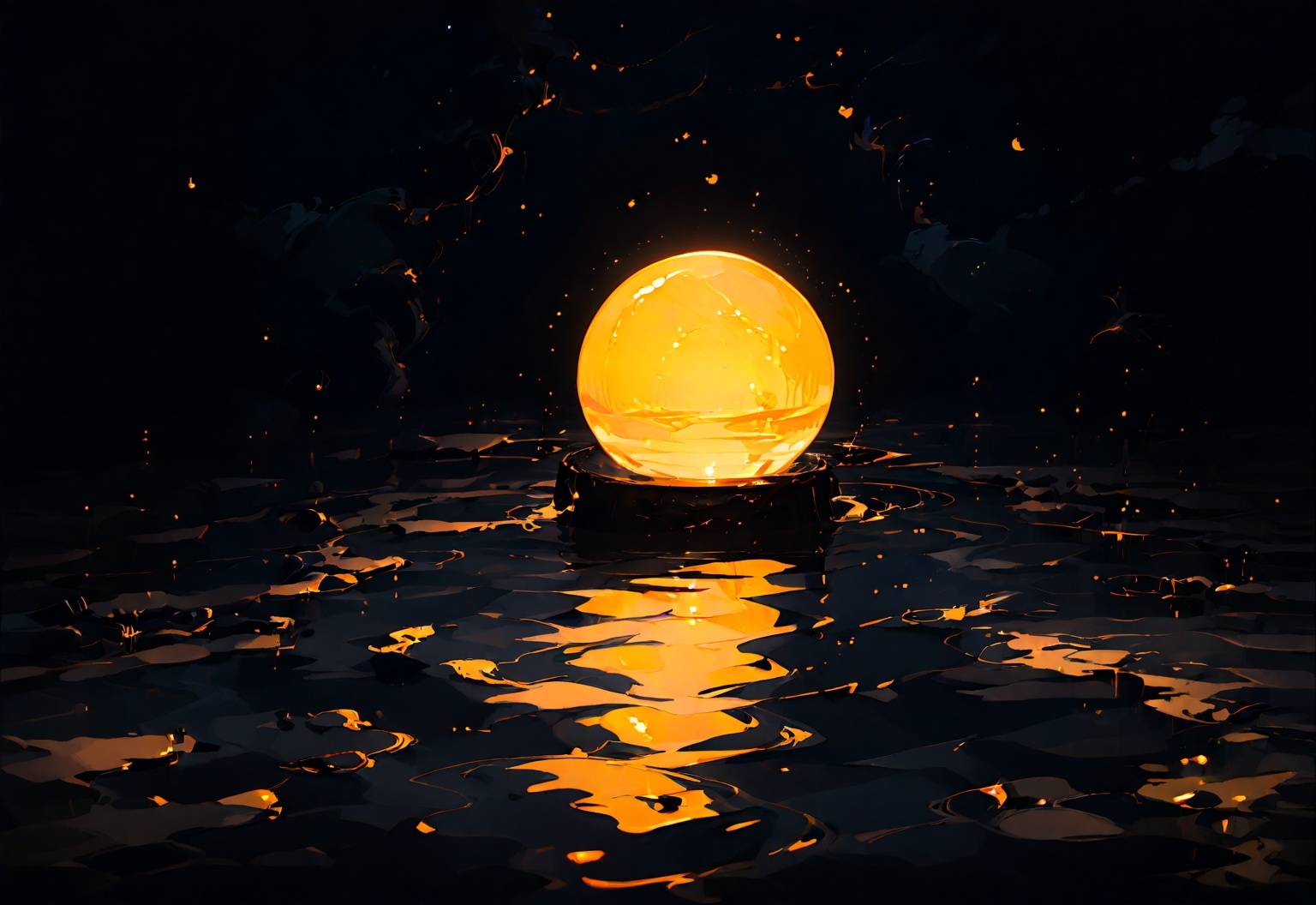
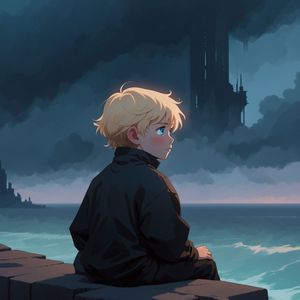
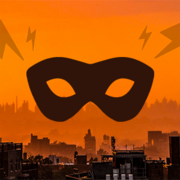
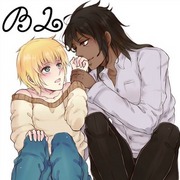
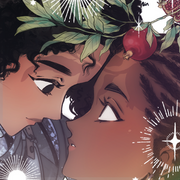
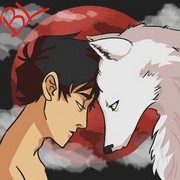



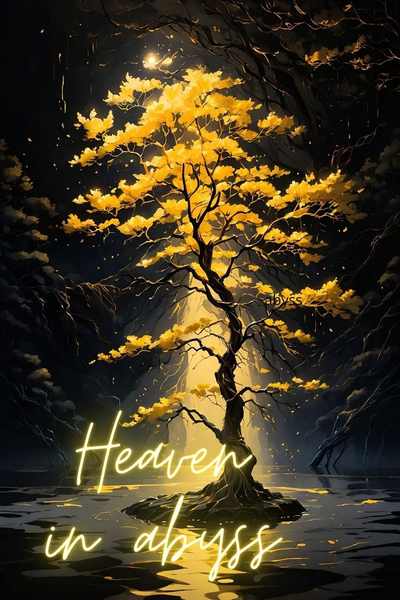
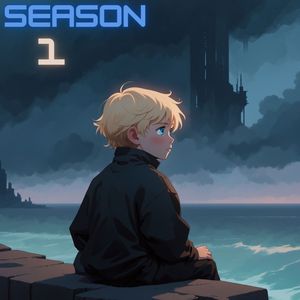
Comments (0)
See all